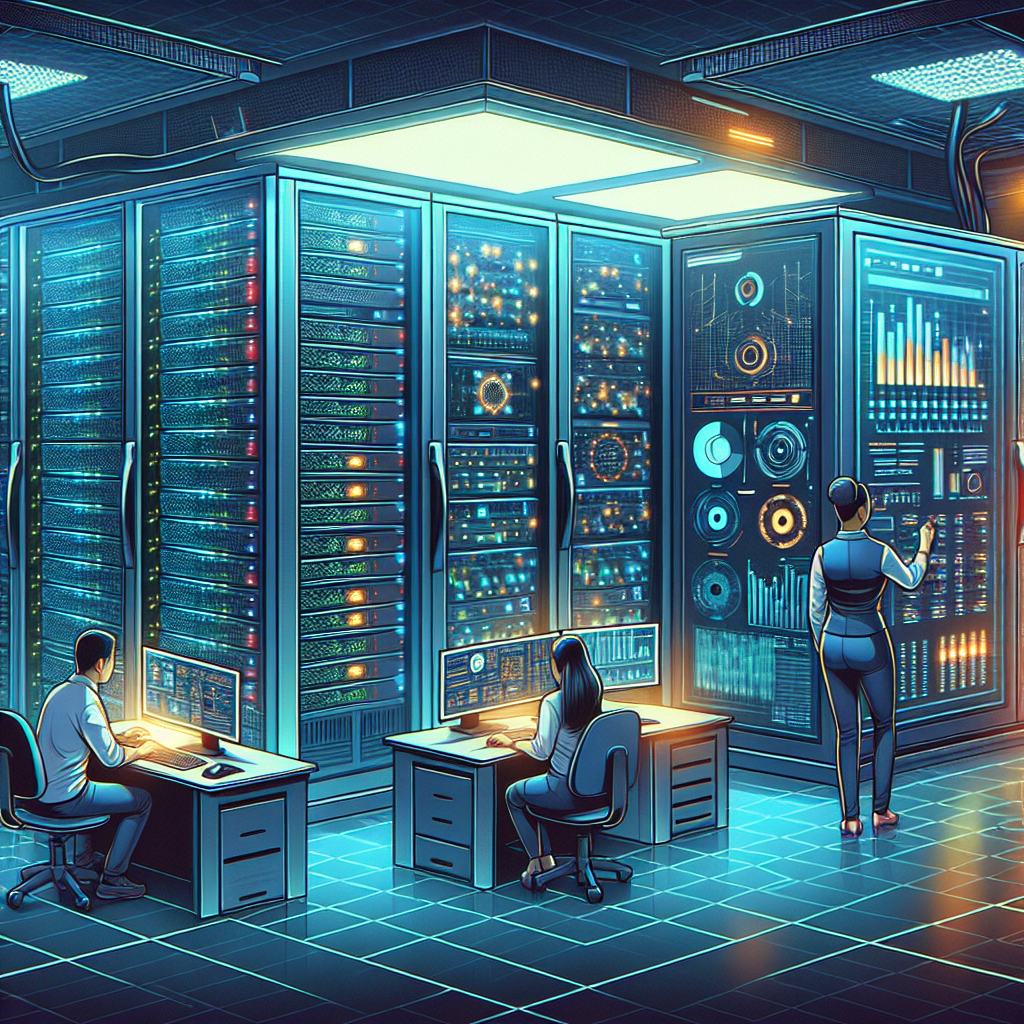Data centers are a critical component of the modern business infrastructure, responsible for storing and processing vast amounts of data. However, like any complex system, data centers are prone to issues that can disrupt operations and lead to costly downtime. In order to maintain the reliability and efficiency of a data center, it is important to have effective strategies in place for resolving any issues that may arise.
One of the most common issues that data centers face is overheating. As data centers house a large number of servers and other equipment, they generate a significant amount of heat. If this heat is not properly managed, it can lead to equipment failure and downtime. To address this issue, data center operators should ensure that their cooling systems are properly maintained and that they have measures in place to monitor and control the temperature within the facility.
Another common issue in data centers is power outages. Data centers rely on a continuous and stable power supply to operate, so any interruptions to this supply can have serious consequences. To mitigate the risk of power outages, data center operators should have backup power systems in place, such as uninterruptible power supplies (UPS) and generators. Regular testing and maintenance of these systems is essential to ensure they will function properly in the event of an outage.
Data loss is another major concern for data centers. Whether due to hardware failure, human error, or cyber attacks, the loss of data can have significant implications for a business. To prevent data loss, data center operators should implement robust data backup and recovery systems. Regularly backing up data to off-site locations and testing the integrity of these backups is essential to ensure that critical data can be quickly and easily restored in the event of a disaster.
In addition to these technical issues, data center operators must also be prepared to address security threats. With the increasing prevalence of cyber attacks, data centers are at risk of being targeted by hackers seeking to steal sensitive information or disrupt operations. To protect against these threats, data center operators should implement robust security measures, such as firewalls, intrusion detection systems, and access controls. Regular security audits and penetration testing can help identify vulnerabilities and ensure that the data center is adequately protected.
In conclusion, data centers are complex environments that require careful management to ensure their continued operation and reliability. By implementing effective strategies for resolving issues such as overheating, power outages, data loss, and security threats, data center operators can minimize the risk of downtime and data loss, and maintain the integrity of their operations. By investing in proactive monitoring, maintenance, and security measures, data center operators can ensure that their facilities are able to meet the demands of the modern business landscape.










You must be logged in to post a comment.